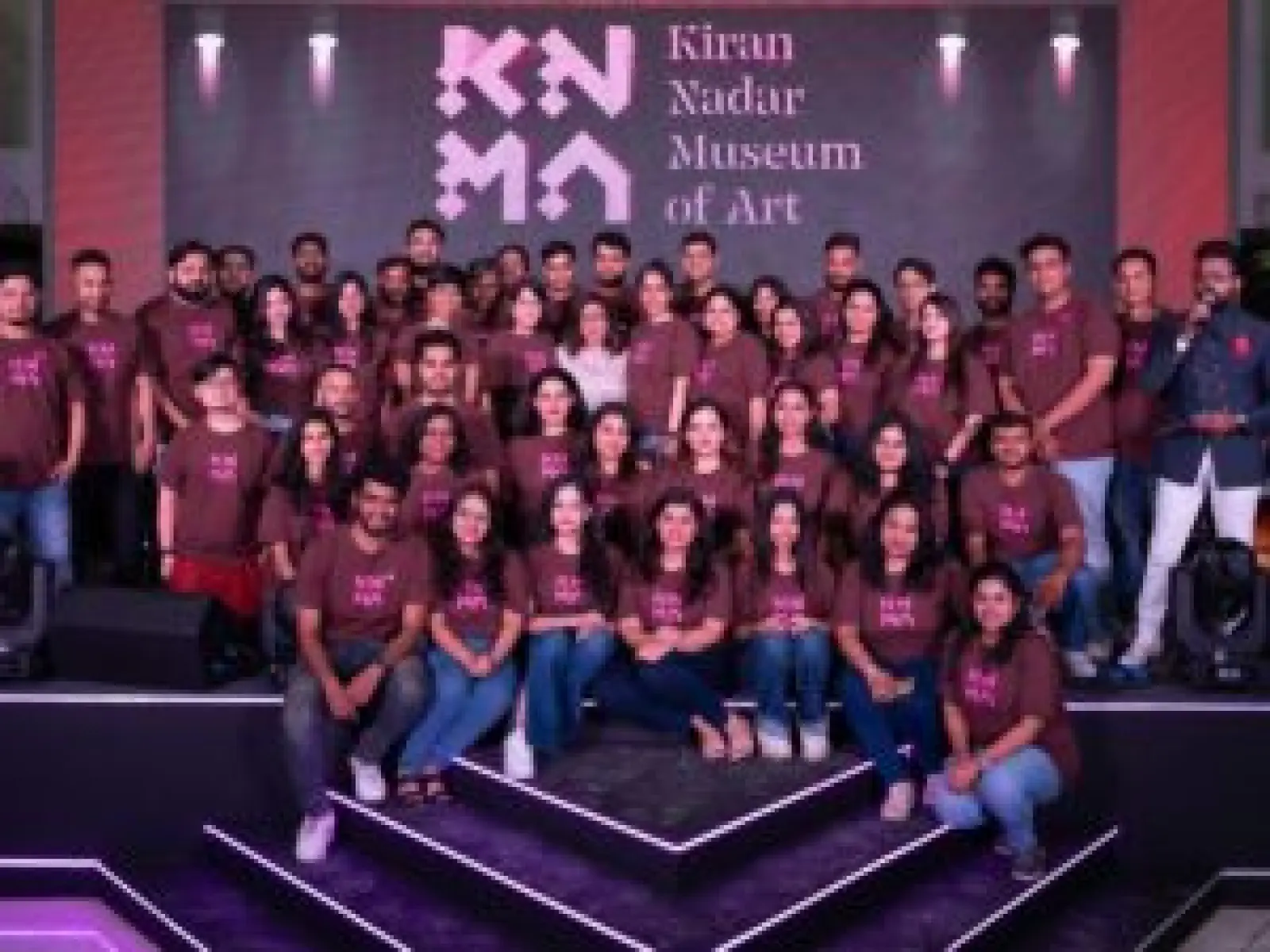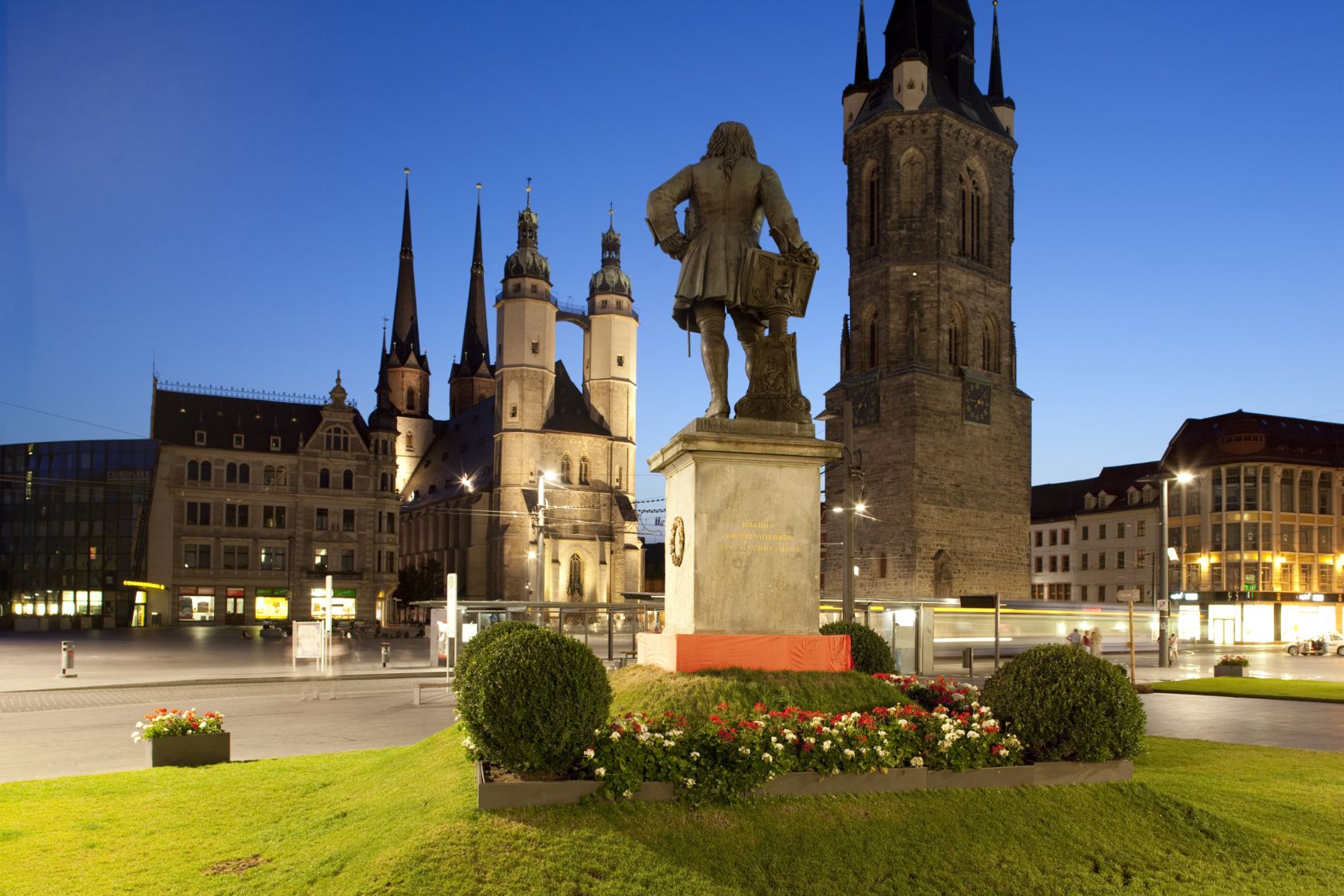Discover Halle (Saale): A Vibrant Cultural Hub With Rich History And Modern Attractions.
Editor's Notes: Discover Halle (Saale): A Vibrant Cultural Hub With Rich History And Modern Attractions" have published today date. If you're planning a trip to Germany, be sure to add Halle (Saale) to your itinerary.
This vibrant city is located in the heart of Germany and is home to a wealth of cultural attractions, historical landmarks, and modern amenities.
We've put together this Discover Halle (Saale): A Vibrant Cultural Hub With Rich History And Modern Attractions guide to help you plan your trip.
Key differences or Key takeways:
| Halle (Saale) | |
|---|---|
| Population | 237,000 |
| Location | Heart of Germany |
| Cultural attractions | Numerous museums, theaters, and concert halls |
| Historical landmarks | Gothic Marktkirche, Baroque Händel House, and Renaissance Moritzburg |
| Modern amenities | Excellent public transportation, shopping, and dining |
Transition to main article topics.
FAQ
This Frequently Asked Questions section will provide answers to commonly asked questions and concerns regarding Halle (Saale).
Question 1: What is Halle (Saale) known for?
Halle (Saale) is renowned for its rich cultural heritage, which includes renowned landmarks such as the Händel House and the Moritzburg Art Museum. Additionally, the city boasts modern attractions like the Maya Mare water park and the Halle Opera House, showcasing a blend of history and contemporary flair.

Saale - Unstrut Wine Region, Germany | Winetourism - Source www.winetourism.com
Question 2: What are the must-see attractions in Halle (Saale)?
There are many must-see attractions in Halle (Saale), including the Marktplatz, the Red Tower, and the Halle Cathedral. Visitors can explore the city's history at the Landesmuseum für Vorgeschichte or immerse themselves in art at the Kunstmuseum Moritzburg.
Question 3: What is Halle (Saale)'s unique cuisine?
Halle (Saale) offers a distinctive culinary experience. Local specialties include "Hallorenklöße," potato dumplings filled with pork, and "Lebkuchen," a traditional gingerbread treat. The city is also known for its "Saale-Unstrut" wine region, producing high-quality wines.
Question 4: What is the best time to visit Halle (Saale)?
The best time to visit Halle (Saale) is during the spring or fall. The weather is pleasant during these seasons, allowing for comfortable exploration of the city's attractions. Summer months can be warm, while winter months can be cold.
Question 5: How accessible is Halle (Saale) for tourists?
Halle (Saale) is easily accessible by train and car. The city has a well-developed public transportation system, including trams and buses. Bike rentals are also available for visitors who prefer to explore the city on two wheels.
Question 6: Are there any special events or festivals held in Halle (Saale)?
Halle (Saale) hosts several special events and festivals throughout the year. Notable events include the Händel Festival, a celebration of the city's musical heritage, and the SaaleWeinMesse, a wine festival showcasing the region's finest vintages.
Halle (Saale) is a vibrant and welcoming city with a rich cultural heritage and modern attractions. Whether you are interested in history, art, or simply enjoying the city's ambiance, Halle (Saale) has something to offer everyone.
Discover more about Halle (Saale) in the next article section.
Tips
Immerse yourself in the rich cultural heritage of Halle (Saale) by visiting its historic landmarks, attending concerts, and exploring museums.
Tip 1: Explore the Händel House Museum:
Step into the former home of renowned composer George Frideric Händel to discover his life, works, and the city's musical legacy.
Tip 2: Visit the Moritzburg Art Museum:
Admire a diverse collection spanning from medieval to contemporary art, including works by Lucas Cranach the Elder and Otto Dix.
Tip 3: Attend a performance at the Opera Halle:
Experience world-class opera, ballet, and orchestral performances in a stunning architectural masterpiece.
Tip 4: Stroll through the Franckesche Stiftungen:
Explore this UNESCO World Heritage Site, housing a historic orphanage, schools, and botanical gardens, offering insights into 18th-century education and social welfare.
Tip 5: Visit the Galleriestraße:
Discover a vibrant art scene along this street lined with galleries showcasing local and international contemporary artists.
By following these tips, you will delve into the rich cultural tapestry of Halle (Saale) and gain a deeper understanding of its fascinating past and vibrant present.
To explore more about this vibrant cultural hub, visit Discover Halle (Saale): A Vibrant Cultural Hub With Rich History And Modern Attractions.
Discover Halle (Saale): A Vibrant Cultural Hub With Rich History And Modern Attractions
To discover Halle (Saale), it is necessary to explore its six key aspects: history, culture, landmarks, economy, education, and recreation.
- Historical Heritage: Halle (Saale) boasts a rich history dating back to the Middle Ages, as evidenced by its many historical landmarks.
- Cultural Vibrancy: The city is a hub for arts and culture, hosting various museums, theaters, and music venues.
- Architectural Marvels: Halle (Saale) is adorned with stunning architectural marvels such as the Marktkirche and the Händel House.
- Economic Powerhouse: The city is a significant economic center, home to major industries like chemicals and pharmaceuticals.
- Educational Excellence: Halle (Saale) is renowned for its prestigious universities and research institutions, including Martin Luther University.
- Recreational Haven: The city offers a wide range of recreational opportunities, from parks and gardens to sports facilities and cultural events.
These aspects are interconnected, contributing to Halle (Saale)'s unique identity. Its historical heritage has shaped its cultural vibrancy, while its economic strength supports its educational and recreational offerings. The city's architectural landmarks are a testament to its rich past, while its modern attractions reflect its embrace of progress. Halle (Saale) is a place where history meets modernity, creating a dynamic and captivating destination.

The Kiran Nadar Museum of Art Unveils a New Visual Identity as it - Source www.sangritoday.com

Halle | Discover Germany, Switzerland and Austria - Source www.discovergermany.com
Discover Halle (Saale): A Vibrant Cultural Hub With Rich History And Modern Attractions
Embedded within the tapestry of history, Halle (Saale) in Central Germany stands as a vibrant cultural hub interwoven with rich heritage and modern allure. Its identity, forged in an era spanning centuries, is intricately linked to the harmonious convergence of historical significance and contemporary dynamism.

Halle (Saale) Postleitzahlen Karte - AtlasBig.com - Source www.atlasbig.com
This synergy manifests in myriad ways. Within the city's venerable confines, historic landmarks such as the Marktkirche Unser Lieben Frauen and the Roter Turm (Red Tower) stand as proud testaments to Halle's past. Their architectural grandeur narrates the tale of bygone eras, evoking a sense of timeless wonder and connection to the city's roots.
Complementing this historical tapestry, Halle embraces modern attractions that invigorate its present. The Kunstmuseum Moritzburg, a renowned art museum, offers captivating exhibitions showcasing masterpieces from various epochs, highlighting the city's unwavering commitment to artistic expression. Meanwhile, the Franckesche Stiftungen, a complex of historic buildings, provides a vibrant venue for cultural events, fostering a thriving contemporary arts scene.
The fusion of historical legacy and modern vitality extends beyond these iconic landmarks. Halle's vibrant theatre district abounds with venues like the Oper Halle and the Neues Theater, showcasing an array of performances that cater to diverse tastes. The city's renowned universities, Martin Luther University Halle-Wittenberg and the Burg Giebichenstein University of Art and Design, attract scholars and creatives from far and wide, contributing to Halle's vibrant intellectual and cultural atmosphere.
In Halle (Saale), history and modernity intertwine seamlessly, enriching the city's cultural landscape. Its storied past, reflected in its architectural marvels, serves as a constant reminder of the city's heritage. Simultaneously, the city's unwavering embrace of contemporary arts and culture ensures that Halle remains a dynamic hub of creativity and innovation. This harmonious coexistence of the past and present renders Halle (Saale) a captivating destination for those seeking a vibrant cultural experience.
Conclusion
The vibrant cultural tapestry of Halle (Saale) is a testament to the enduring power of history and the transformative spirit of modernity. By embracing both its rich heritage and contemporary dynamism, Halle has fashioned a unique identity that captivates all who visit.
The city's commitment to preserving its past while wholeheartedly embracing the future serves as an inspiration. It demonstrates that cultural vibrancy thrives when the wisdom of the past meets the boundless possibilities of the present. Halle's journey is a beacon of hope, reminding us that the preservation of our heritage need not come at the cost of progress. Rather, the two can coexist harmoniously, enriching our lives and inspiring future generations.